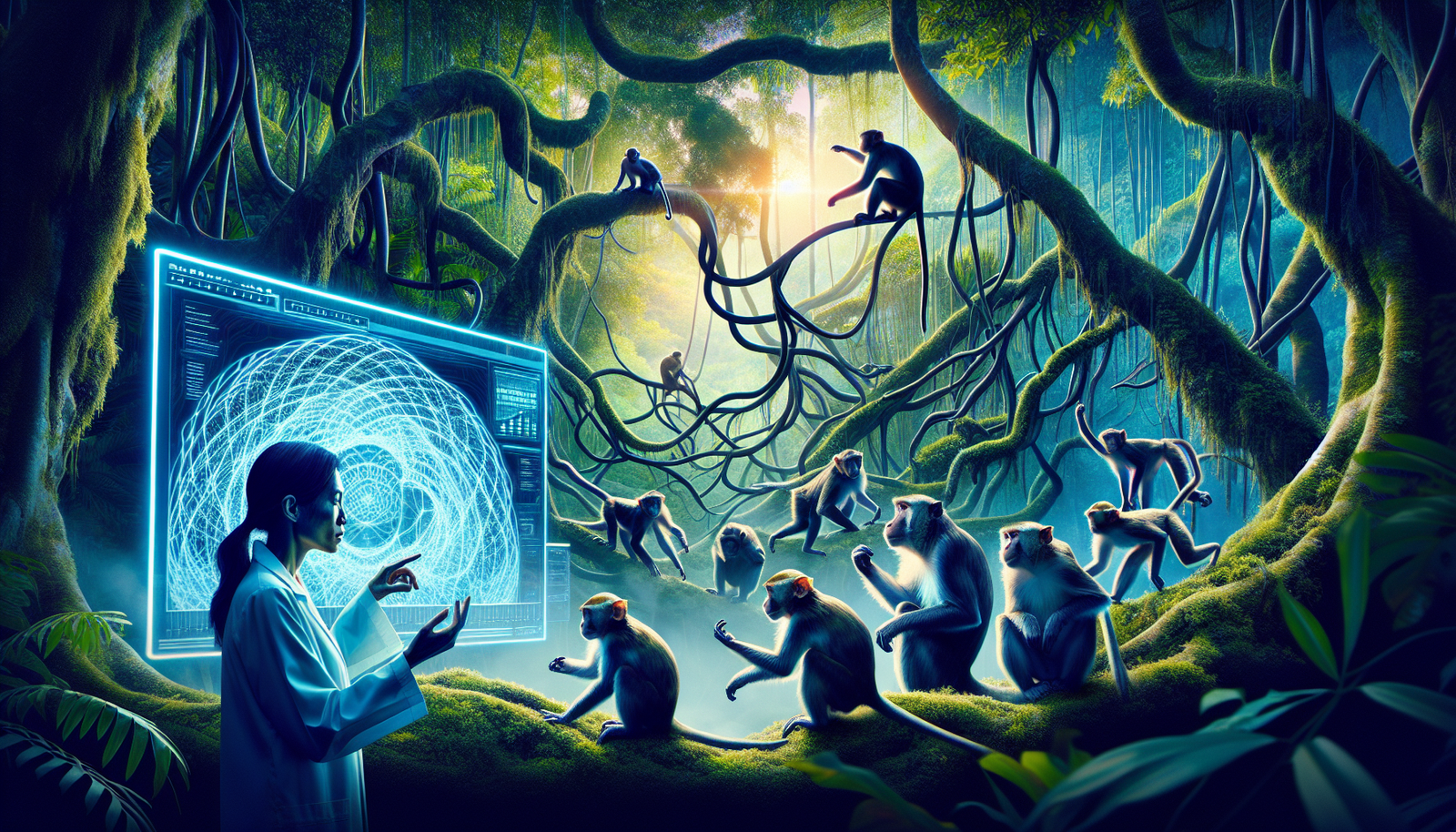The brain generalization intrigues by its very essence, testifying to the ability of a brain to recognize diverse objects despite their differences. Recent research indicates that results observed in macaque monkeys reveal inherent limits in deep neural network models. The complex interaction between learning data and their ability to adapt to unfamiliar situations raises significant issues for the field of neuroscience and artificial intelligence. This analysis of brain mechanisms offers new insights into the challenges posed by modeling intelligence, both human and artificial. The implications of these findings resonate within the scientific debate, prompting a reassessment of current approaches.
Analysis of Generalization Capabilities
The phenomenon of generalization consists of recognizing similar objects, a fascinating attribute of the human brain. For example, distinguishing a chair in different forms or in an unknown environment illustrates this skill. In contrast, deep neural networks, although modeled after neuronal functioning, struggle to generate comparable results.
Study Conducted on Macaque Monkeys
Researchers at Harvard University conducted an analysis of the neuronal responses of macaques to various images. Spandan Madan and his team collected data on thousands of images while recording neuronal activity rates. This work has accumulated approximately 300,000 image-response pairs, establishing one of the largest datasets to date in the study of neurons.
Results of Neural Network Models
Neural network models were presented with familiar images and then with images modified according to several parameters, such as color, saturation, or intensity. The performance of these models proved satisfactory on known data but collapsed when new conditions were introduced. Indeed, the model’s efficiency on novel data dropped to 20% of the expected results.
Implications for Neuroscience and Artificial Intelligence
The observed limits in these models raise questions about their relevance for simulating brain function. The finding that AI performances are affected by variations in input data extends not only to technology but also touches on neuroscience. Researchers hope that the results of this study will open a broader dialogue between these two scientific fields.
Reflections on the Laws of Physics
Madan established an analogy with Newton’s laws, where these apply successfully to planets but fail when faced with nearby objects. A model that fails to generalize cannot claim to accurately represent brain mechanisms. The reinforced finding is that the ability to adapt and generalize is a fundamental characteristic of human cognitive processes.
Wider Consequences in the Scientific Field
This type of research operating at the junction of artificial intelligence and neuroscience highlights the gaps in understanding neuronal mechanisms. If AI models fail to fully integrate these concepts of generalization, their application to understanding biological intelligence may be compromised. The implications could resonate well beyond technical and scientific fields.
Common Questions and Answers
What is brain generalization in the context of macaque monkeys and deep neural networks?
Brain generalization refers to the brain’s ability to apply acquired knowledge from specific contexts to new situations. In the context of the study of macaque monkeys, it illustrates how their brain can recognize objects despite variations, while deep neural network models struggle to generalize outside the data on which they were trained.
Why do deep neural networks have difficulties generalizing compared to the human brain?
Deep neural networks, although inspired by the brain’s mechanisms, rely on specific data for training. When confronted with data that differs from those used in their training phase, their performance declines significantly, whereas the human brain has inherent flexibility and adaptability that allows it to recognize objects and concepts in varied contexts.
What types of data were used in the study on macaque monkeys?
Researchers exposed seven macaque monkeys to thousands of images during 109 experimental sessions. They measured the neuronal firing rates of the animals in response to these images, establishing a dataset of 300,000 image-neuronal response pairs, one of the largest of its kind.
How did the study measure the effectiveness of generalization from the data collected in monkeys?
The research team assessed the performance of neural network models on familiar images and on images presenting new conditions (such as variations in contrast or color). They found that the model performed well on familiar images but failed on less known ones, indicating their limited ability to generalize.
What is the relationship between artificial intelligence and neuroscience according to the results of this study?
The study demonstrates that the challenges related to generalization in artificial intelligence overlap with those encountered in neuroscience. This means that neuroscience researchers must consider the limitations of AI models to understand brain mechanisms, and vice versa, to improve approaches in both disciplines.
What implications does this research on macaques have for the development of future machine learning models?
The results highlight the need to improve machine learning models to make them more adaptable and generalizable by integrating methods that more closely resemble the natural processes of the brain. This could involve revising training techniques and better understanding how biological brains learn and adapt.
How does the study of macaque monkeys help in understanding the mechanisms of neural generalization?
This study provides valuable insights into neuronal responses in the IT (inferior temporal cortex) of macaques to varied visual stimuli, revealing the fundamental principles of neural generalization that could guide the development of theoretical and practical models in neuroscience and AI.






